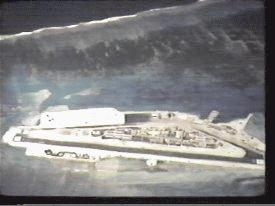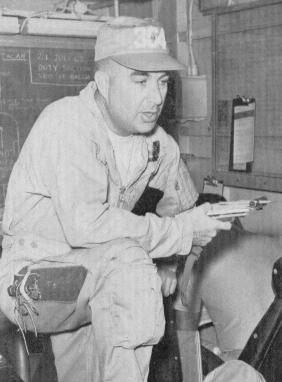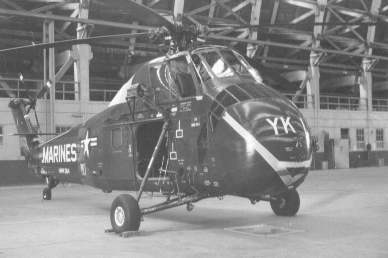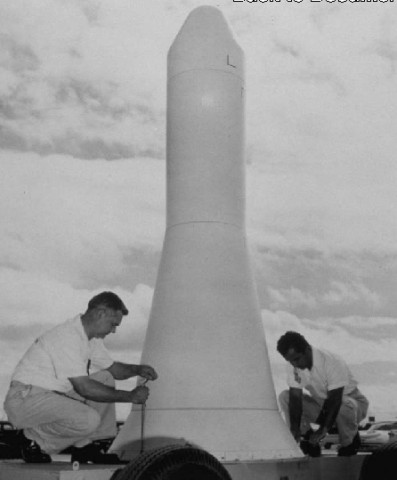
|
The Soviet Union had abrogated
the 34 month old de facto nuclear testing moratorium on 1 September 1961
by initiating an unprecedented series of atmospheric nuclear tests.
In response the U.S. began a frenzy of various named operations testing
their nuclear devices. HMM-364 supported a phase of these tests known
as Operation Dominic I from April 11, 1962 until early November of the
same year. |
 |
Johnston Island, a small ancient atoll, with
a recently constructed rocket launching platform and a small airfield with
an extremely short runway. |
 |
The THOR rocket launched tests
were to evaluate the capabilities of an antiballistic missile to operate
in a nuclear environment and the vulnerability of U.S. reentry vehicles
(RVs) to survive a nearby nuclear blast. |
 |
Throughout the entire time span of Operation Dominic
the Squadron's commanding officer was Major Manning T. Jannell, who later
retired as a Brigadier General. Maj. Jannell had definite ideas on
how flights were to be conducted and flight crews organized. Further,
Maj. Jannell's goal was to have 100% aircraft availability for each scheduled
missile launch. He and his Marines achieved the goal. |
 |
The crew spent a lot of time waxing their aircraft
which proved to serve the Squadron well on extended sea duty by protecting
the aircraft and keeping salt water corrosion to a minimum. |
 |
1450 kt Starfish device (W-49
warhead and the MK-4 RV) |